Forgotten sitcoms that were hugely influential
Television history is filled with hidden treasures that often go unnoticed amidst the glittering stars of modern shows. These forgotten gems, however, have laid the foundation for much of what we enjoy today.
They offer a glimpse into the creative minds of the past, showcasing innovation and humor that were ahead of their time. By revisiting these shows, we not only entertain ourselves but also gain a deeper appreciation for the evolution of television comedy.
“The Phil Silvers Show”: The Birth of the Ensemble Cast
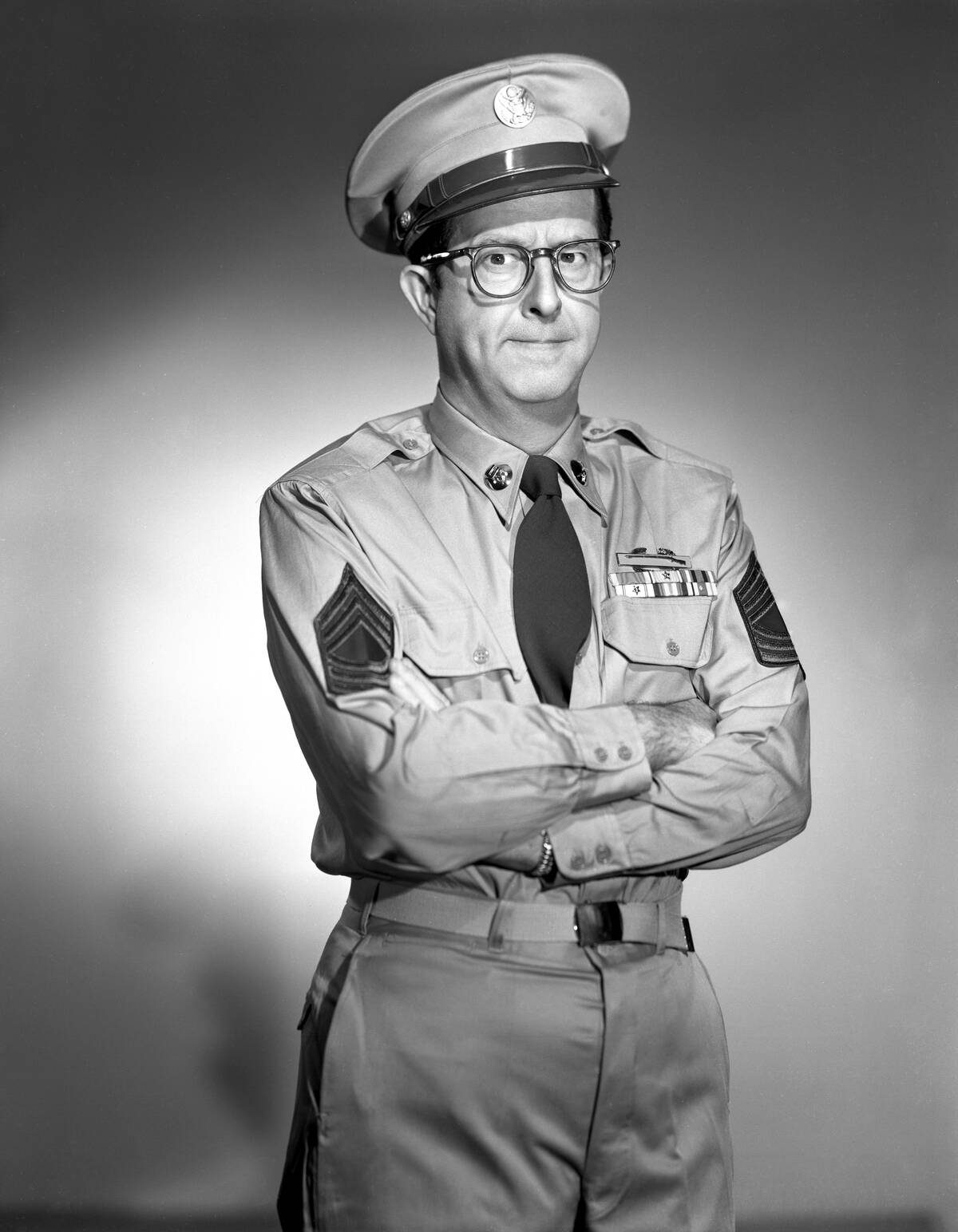
The Phil Silvers Show, starring Phil Silvers as Sergeant Bilko, made his character an enduring pop cultural icon. Airing from 1955 to 1959, it featured a well-rounded group of supporting characters, each contributing to the comedic narrative.
The show’s success demonstrated the potential of multiple characters sharing the spotlight, paving the way for future ensemble comedies like Cheers and Friends.
“Car 54, Where Are You?”: Pioneering Absurdist Humor
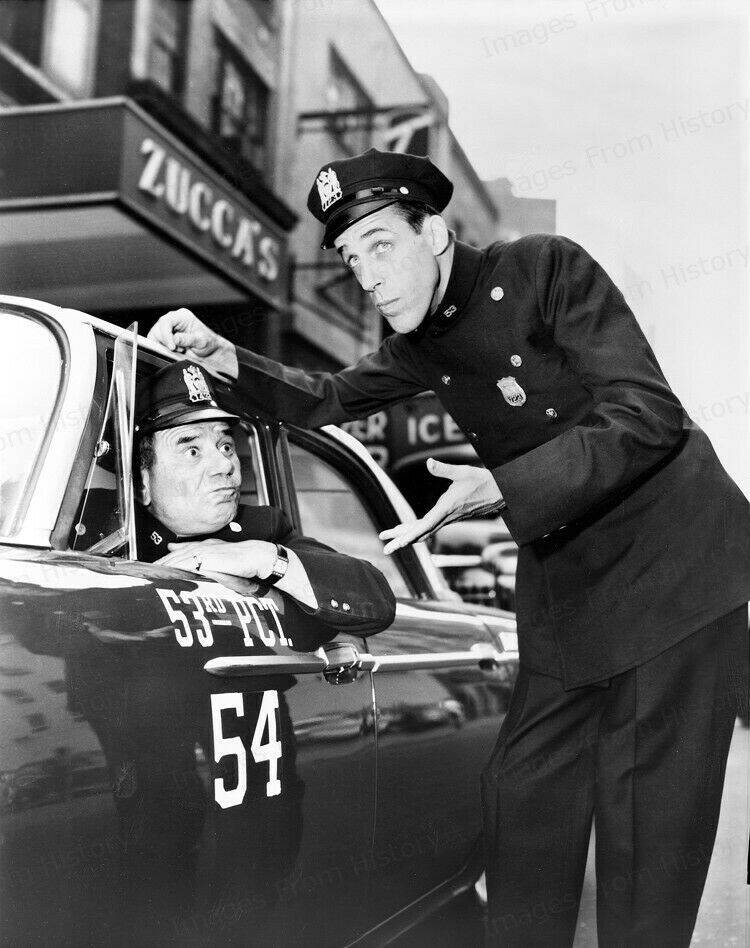
Premiering in 1961, Car 54, Where Are You? broke new ground with its absurdist humor. Set in the fictional 53rd precinct of the New York City Police Department, it followed the misadventures of two bumbling officers.
The show was notable for its slapstick comedy and surreal scenarios, influencing future sitcoms that embraced zaniness and offbeat humor. Its unique style set a precedent for shows like The Simpsons and 30 Rock.
“The Many Loves of Dobie Gillis”: Teenagers Take the Spotlight
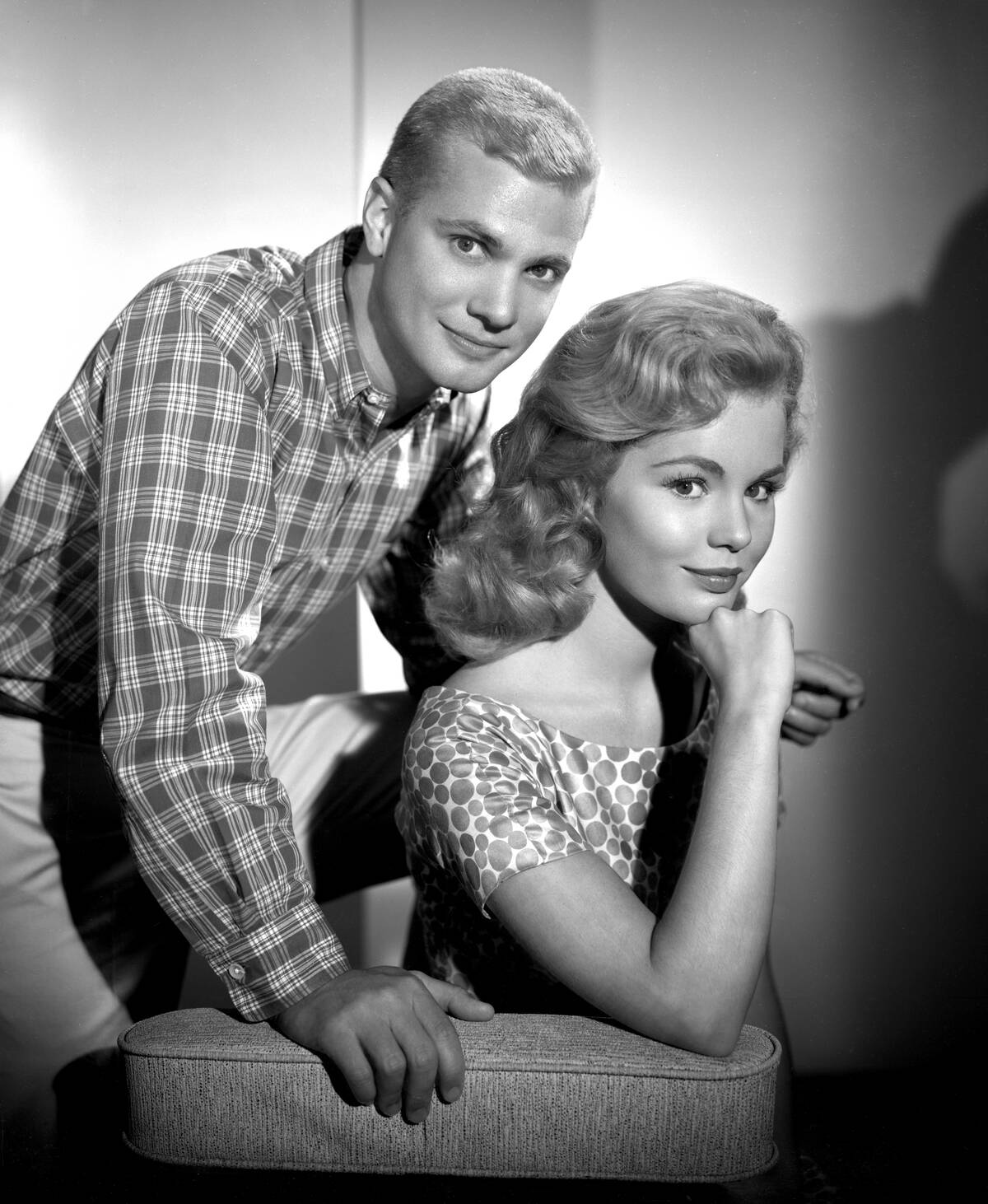
The Many Loves of Dobie Gillis was a trailblazer for its focus on teenage life, airing from 1959 to 1963. It was one of the first shows to feature teenagers as the central characters, with Dwayne Hickman playing the titular role of Dobie.
The series explored the trials and tribulations of adolescence, setting the stage for other teen-focused sitcoms. Its influence is evident in shows like Saved by the Bell and Boy Meets World.
“The Adventures of Ozzie and Harriet”: The Blueprint for Family Sitcoms
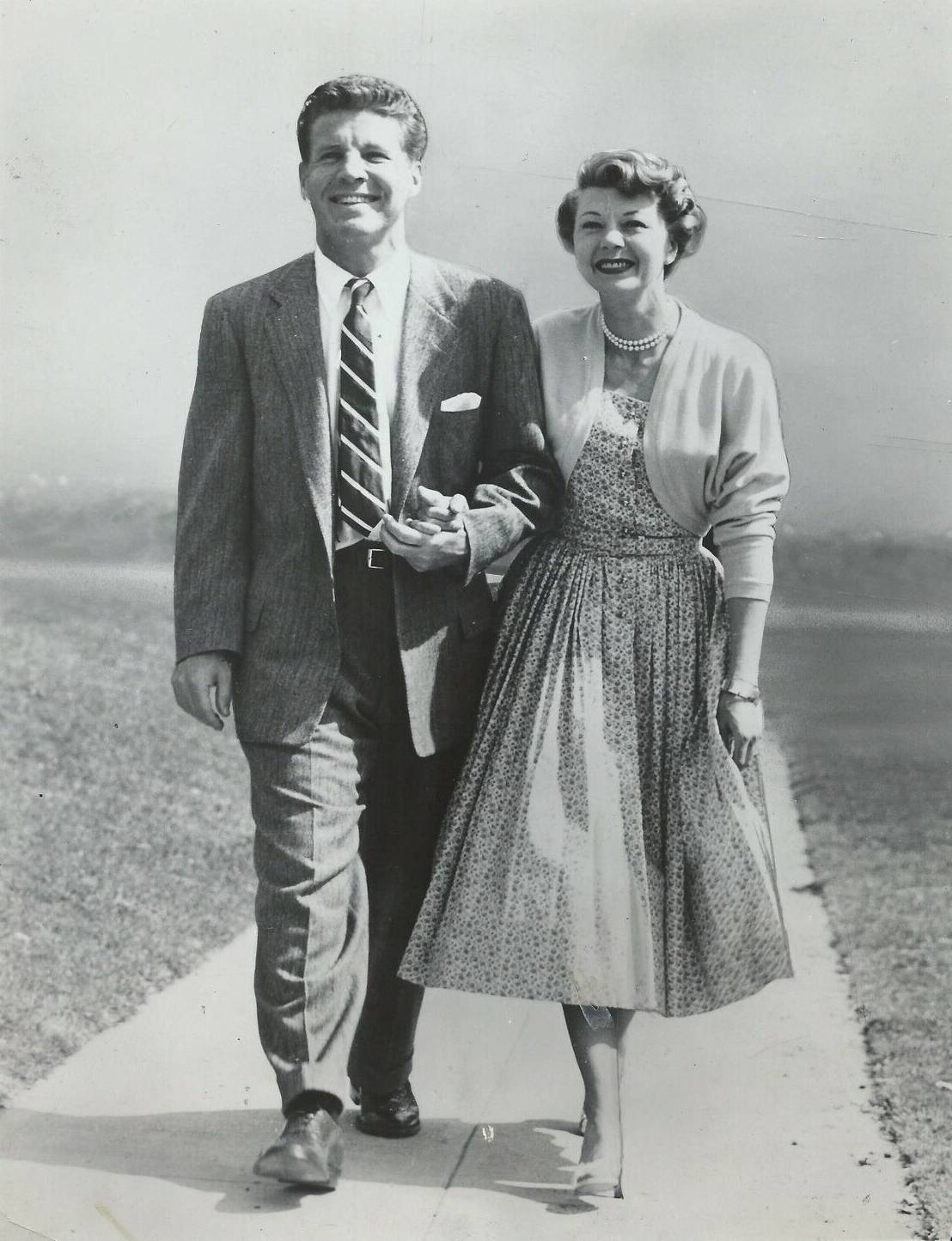
Running for a remarkable 14 seasons from 1952 to 1966, The Adventures of Ozzie and Harriet became the quintessential American family sitcom. Starring the real-life Nelson family, it depicted everyday domestic life with a touch of humor.
As one of the longest-running live-action sitcoms, it established many of the conventions seen in family-oriented shows today, inspiring series like The Brady Bunch and Family Ties.
“F Troop”: Satire Meets Slapstick
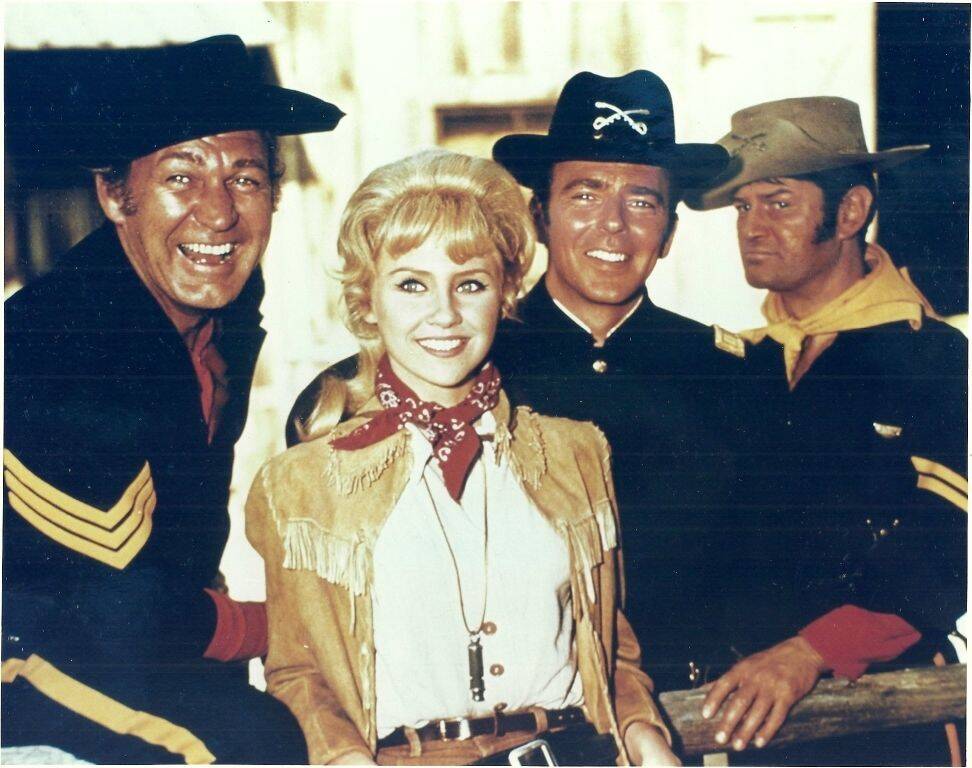
Airing from 1965 to 1967, F Troop was a satirical take on the American frontier, blending slapstick comedy with clever satire. Set in the post-Civil War era, it portrayed the antics of a misfit cavalry troop.
The show stood out for its humorous critique of military life and Western tropes, influencing comedic Westerns and parodies that followed. Its legacy can be seen in modern satire like Blazing Saddles.
“Get Smart”: Spy Spoofs and Tech Gadgets
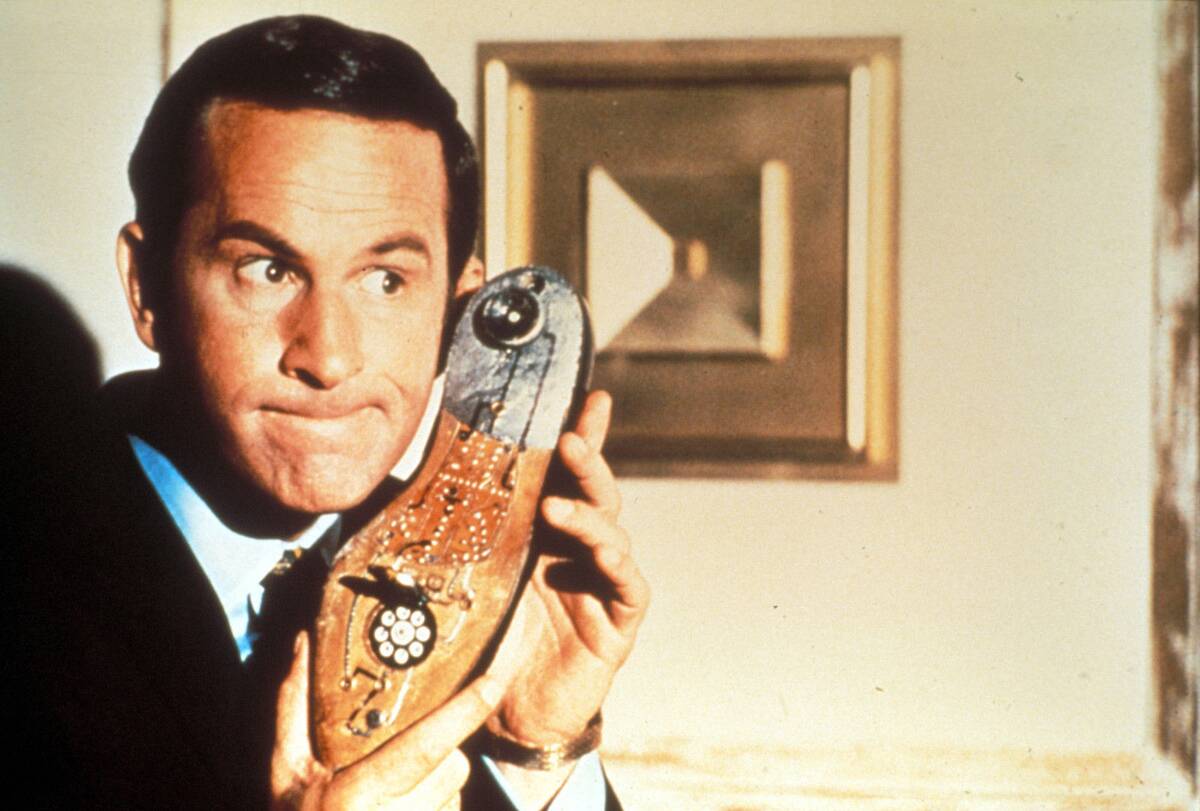
Created by Mel Brooks and Buck Henry, Get Smart was a groundbreaking sitcom that parodied the spy genre. Airing from 1965 to 1970, it featured Don Adams as the bumbling secret agent Maxwell Smart.
The show was beloved for its clever use of gadgets and witty humor, poking fun at spy films and Cold War paranoia. Its influence is evident in later spy comedies like Austin Powers and Archer.
“The Mothers-in-Law”: A Comedic Take on In-Laws
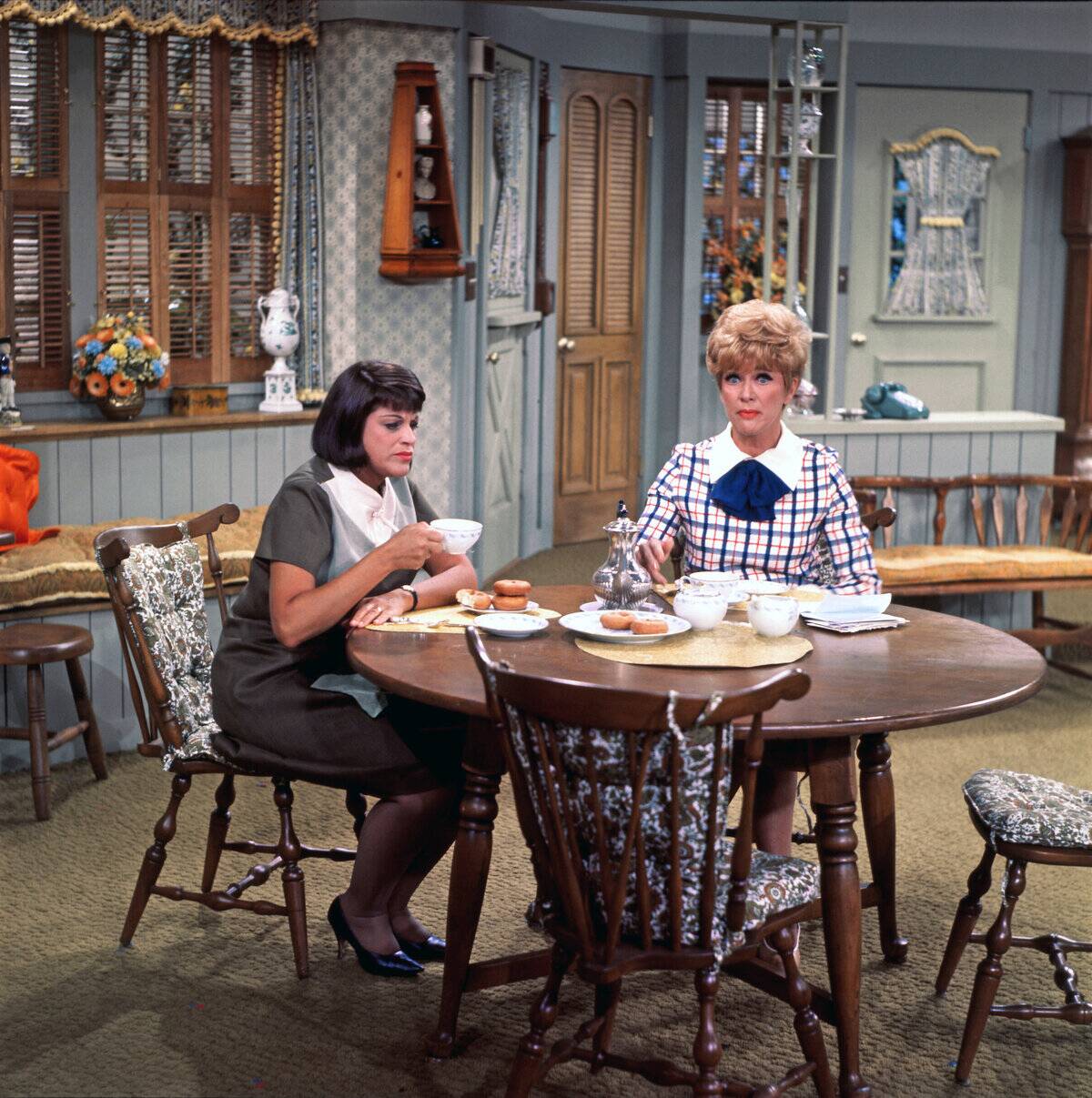
From 1967 to 1969, The Mothers-in-Law explored the humorous dynamics between two neighboring families and their meddling mothers-in-law. The show starred Eve Arden and Kaye Ballard, whose comedic chemistry brought the in-law antics to life.
It highlighted the comedic potential of family relationships, paving the way for future sitcoms centered on familial conflicts. Shows like Everybody Loves Raymond owe a debt to its comedic exploration of in-law relationships.
“He & She”: The Forebear of Modern Romantic Comedies
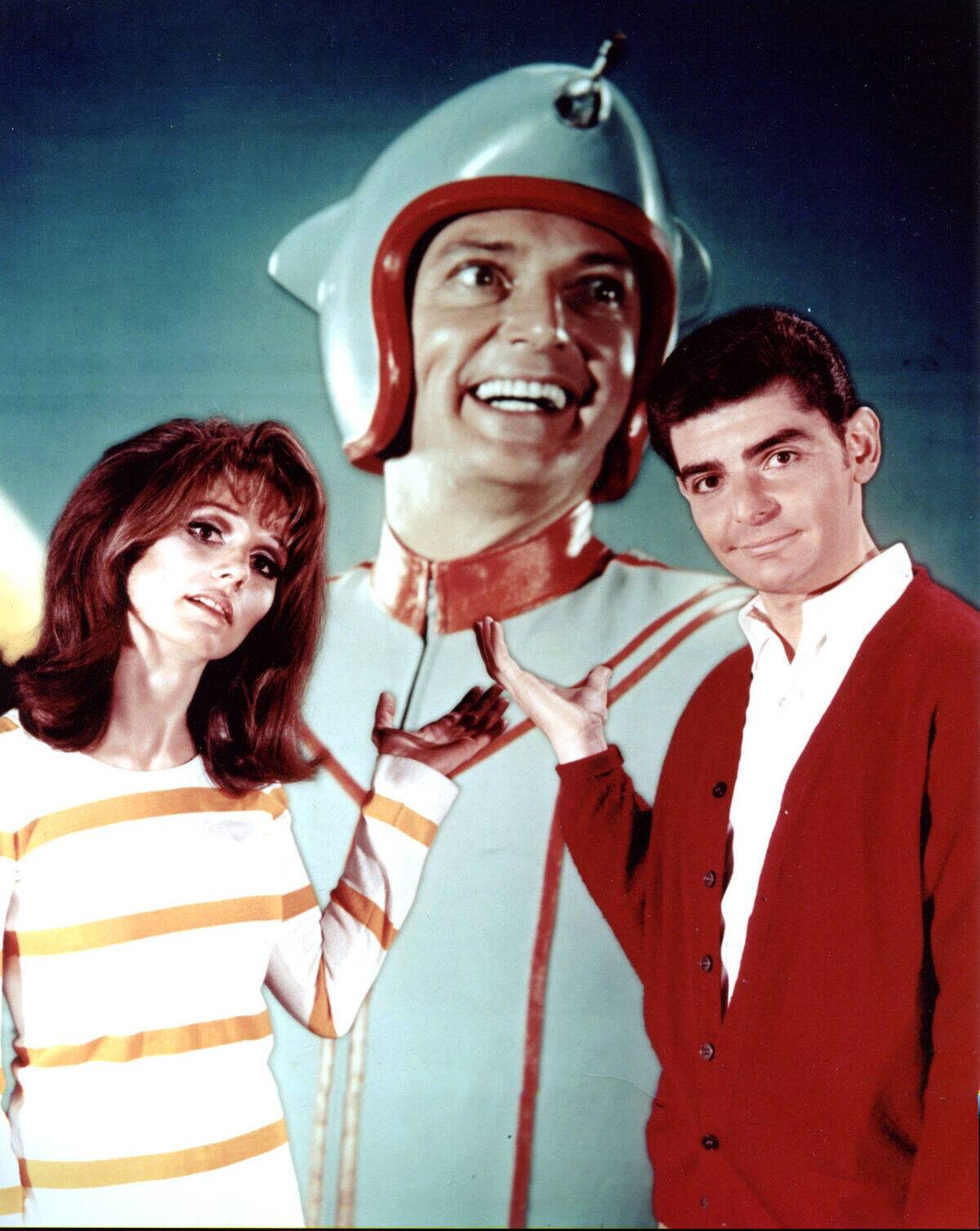
He & She, though short-lived with only one season in 1967, is considered a precursor to the modern romantic comedy sitcom. Starring Richard Benjamin and Paula Prentiss, it focused on the lives of a married couple navigating personal and professional challenges.
The show’s witty dialogue and relatable scenarios influenced subsequent romantic comedies, contributing to the genre’s development seen in series like Mad About You.
“Julia”: Breaking Barriers with Diversity
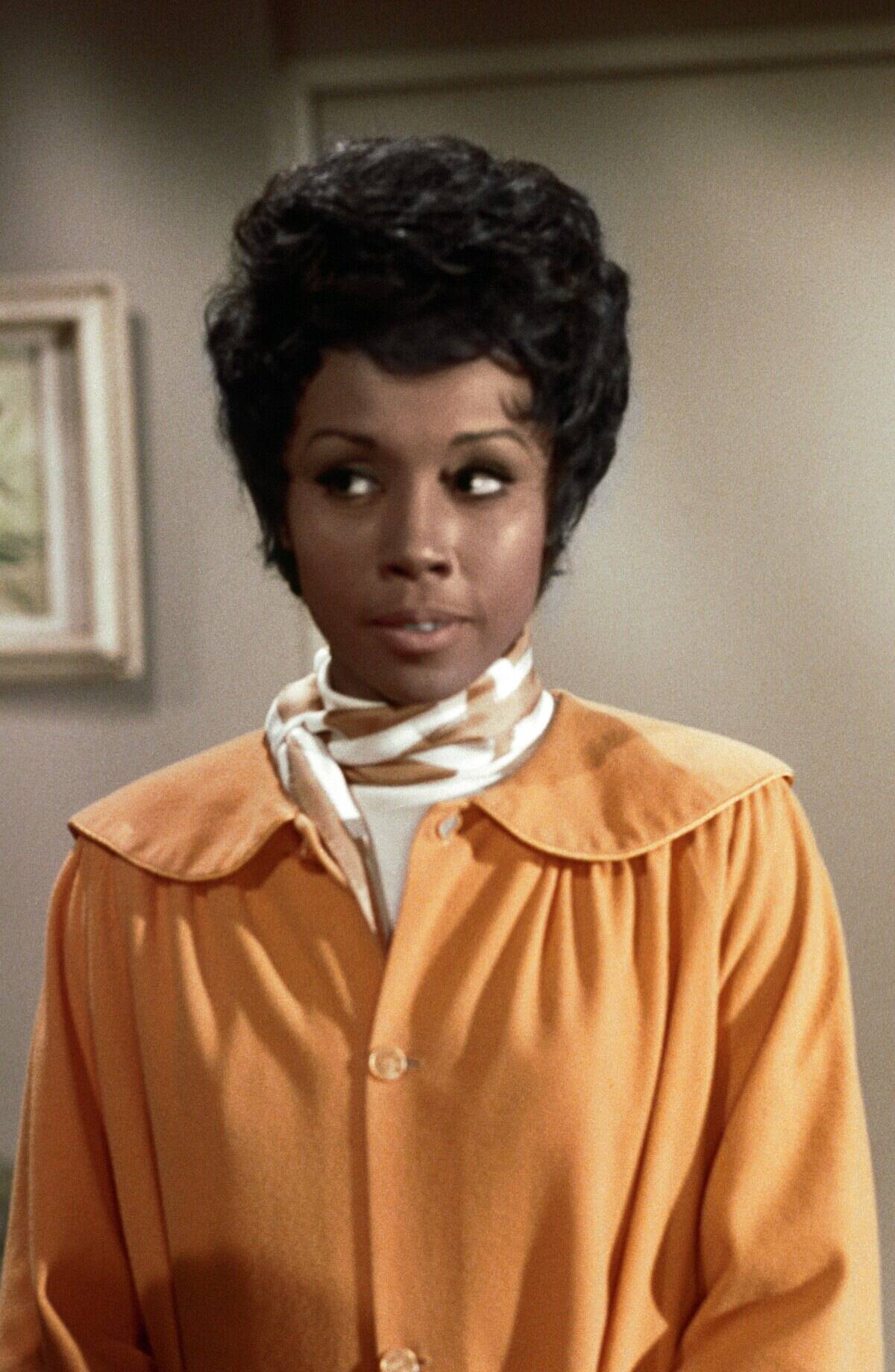
Debuting in 1968, Julia broke new ground as one of the first American TV shows to feature an African American woman in a non-stereotypical role. Diahann Carroll starred as Julia Baker, a widowed nurse raising her son.
The sitcom challenged racial norms and provided representation at a time when diversity on television was limited. Its impact is still felt today, as it paved the way for more inclusive programming and diverse storytelling.
“Mary Hartman, Mary Hartman”: Soap Opera Satire
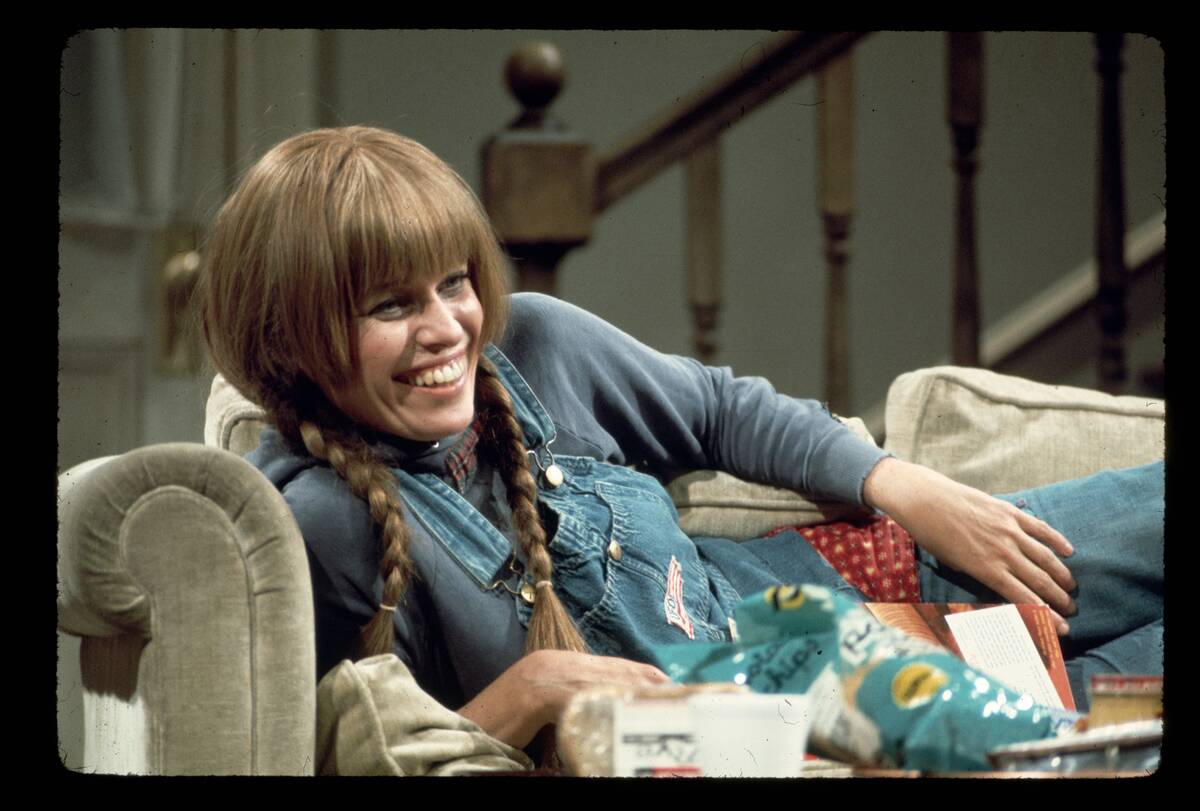
Mary Hartman, Mary Hartman aired from 1976 to 1977 and was a unique satire of soap operas. Developed by Norman Lear, it starred Louise Lasser as the titular character, a housewife dealing with bizarre events in her small town.
The show’s deadpan humor and critique of American consumerism made it a cult classic. Its influence can be seen in later satirical works such as “Desperate Housewives” and “Arrested Development.”
“Soap”: Pushing the Envelope of Comedy
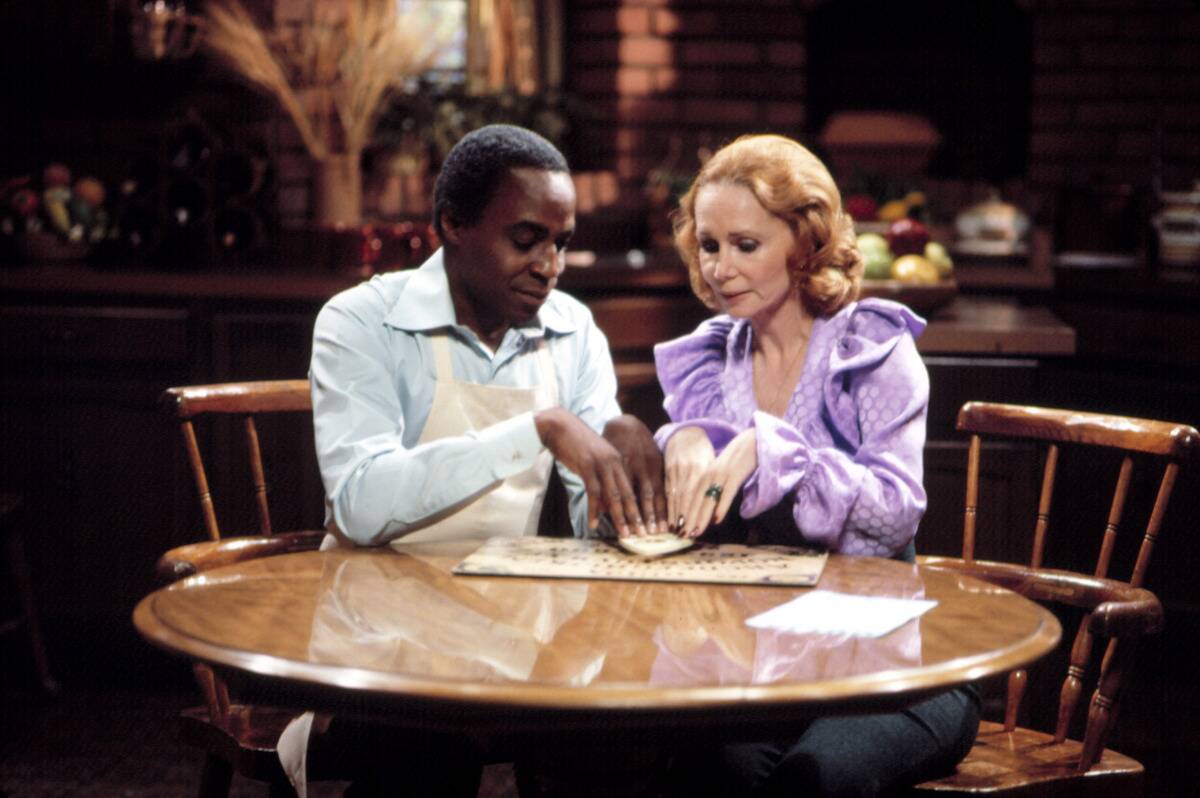
Running from 1977 to 1981, Soap was a bold sitcom that pushed the boundaries of television comedy. With an ensemble cast and serialized format, it parodied soap operas while addressing taboo topics like infidelity and homosexuality.
The show was both controversial and groundbreaking, paving the way for more daring content in sitcoms. Its legacy is evident in shows that challenge societal norms, such as The Simpsons and South Park.
“It’s a Living”: Behind the Scenes of the Service Industry
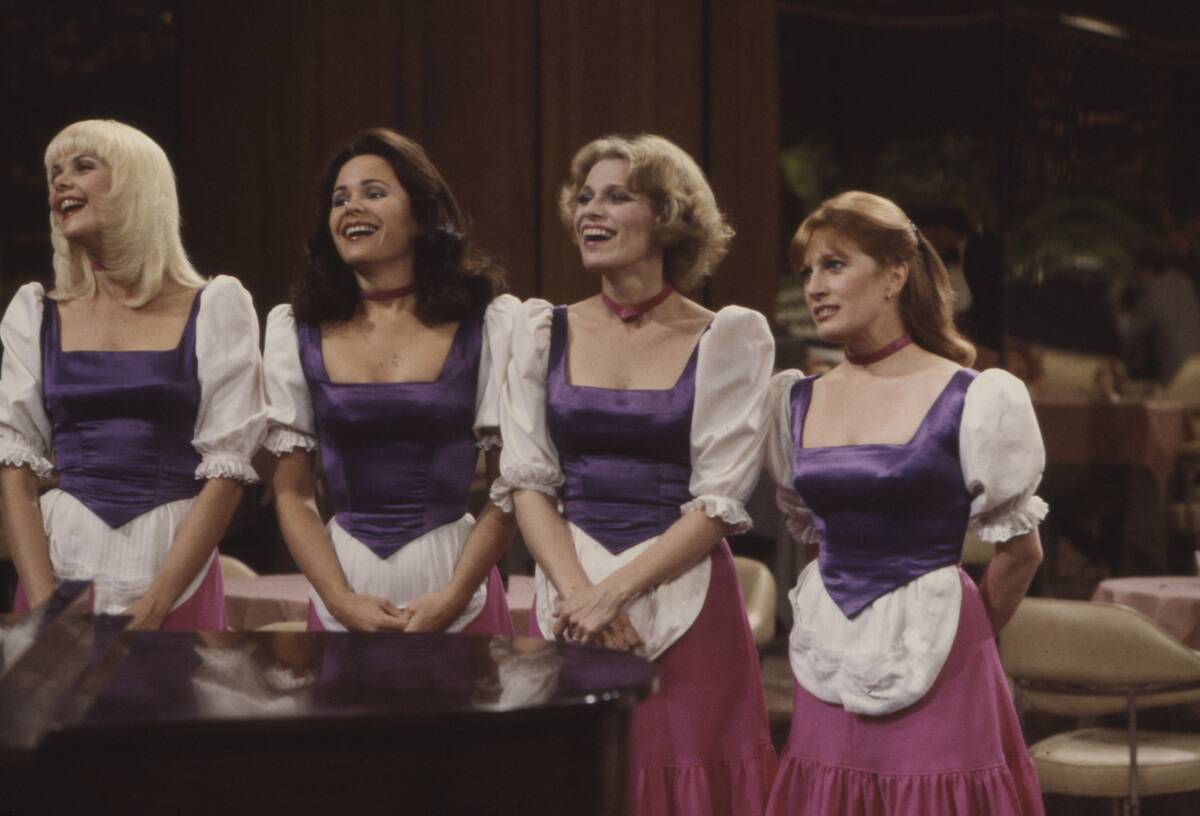
It’s a Living offered a comedic glimpse into the lives of waitresses working at a posh restaurant. Airing from 1980 to 1989, it starred Ann Jillian and Gail Edwards, among others, capturing the camaraderie and challenges faced by service industry workers.
The show highlighted the humor in everyday work life, influencing later series that explore workplace dynamics, such as Cheers and The Office.
“Square Pegs”: Nerds Take Center Stage
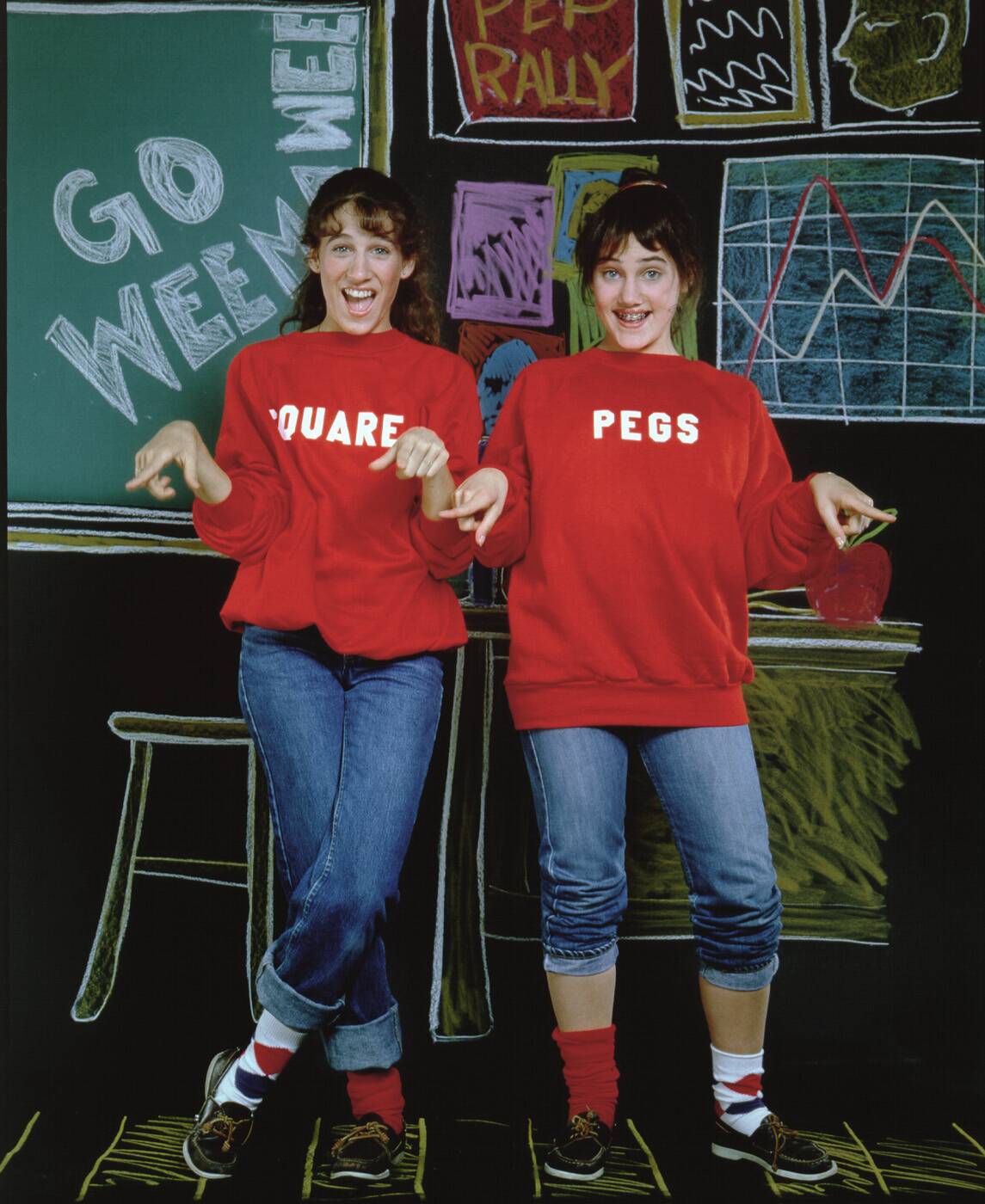
Premiering in 1982, Square Pegs was a high school sitcom that gave a voice to nerds and misfits. Created by Anne Beatts, the show focused on the struggles of teenagers trying to fit in.
The series was notable for its authentic portrayal of teenage life and its influence can be seen in later teen comedies like Freaks and Geeks and Stranger Things, which celebrate outsider perspectives.
“Frank’s Place”: A Unique Blend of Comedy and Drama
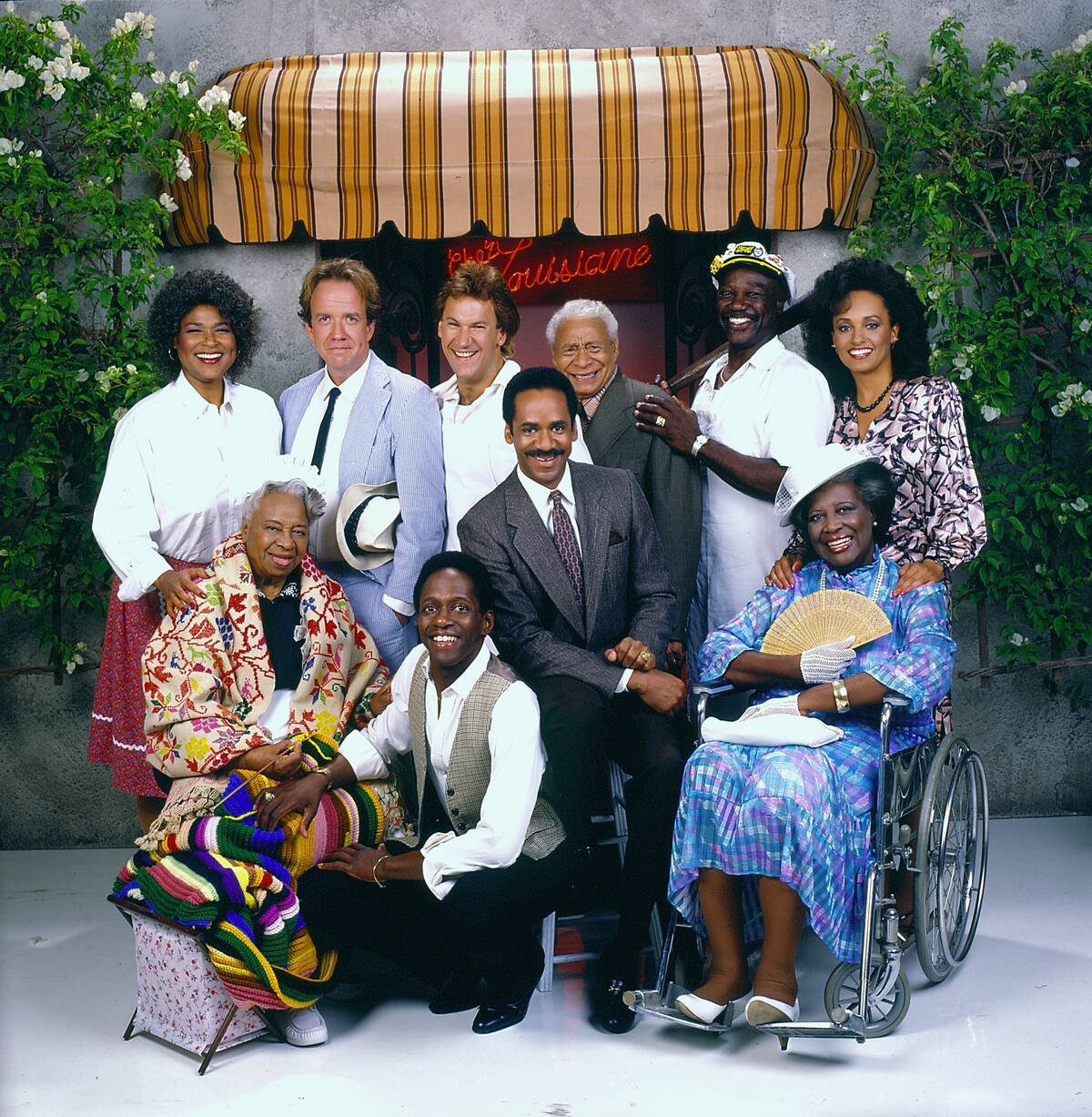
Frank’s Place, which aired in 1987-1988, blurred the lines between comedy and drama with its unique narrative style. Set in a New Orleans restaurant, it starred Tim Reid as Frank Parrish, a college professor who inherits a family-run eatery.
The show’s mix of humor and poignant storytelling earned critical acclaim, influencing later dramedies like The Wonder Years and Gilmore Girls with its balance of heart and humor.
“Sledge Hammer!”: Parody of the Police Procedural
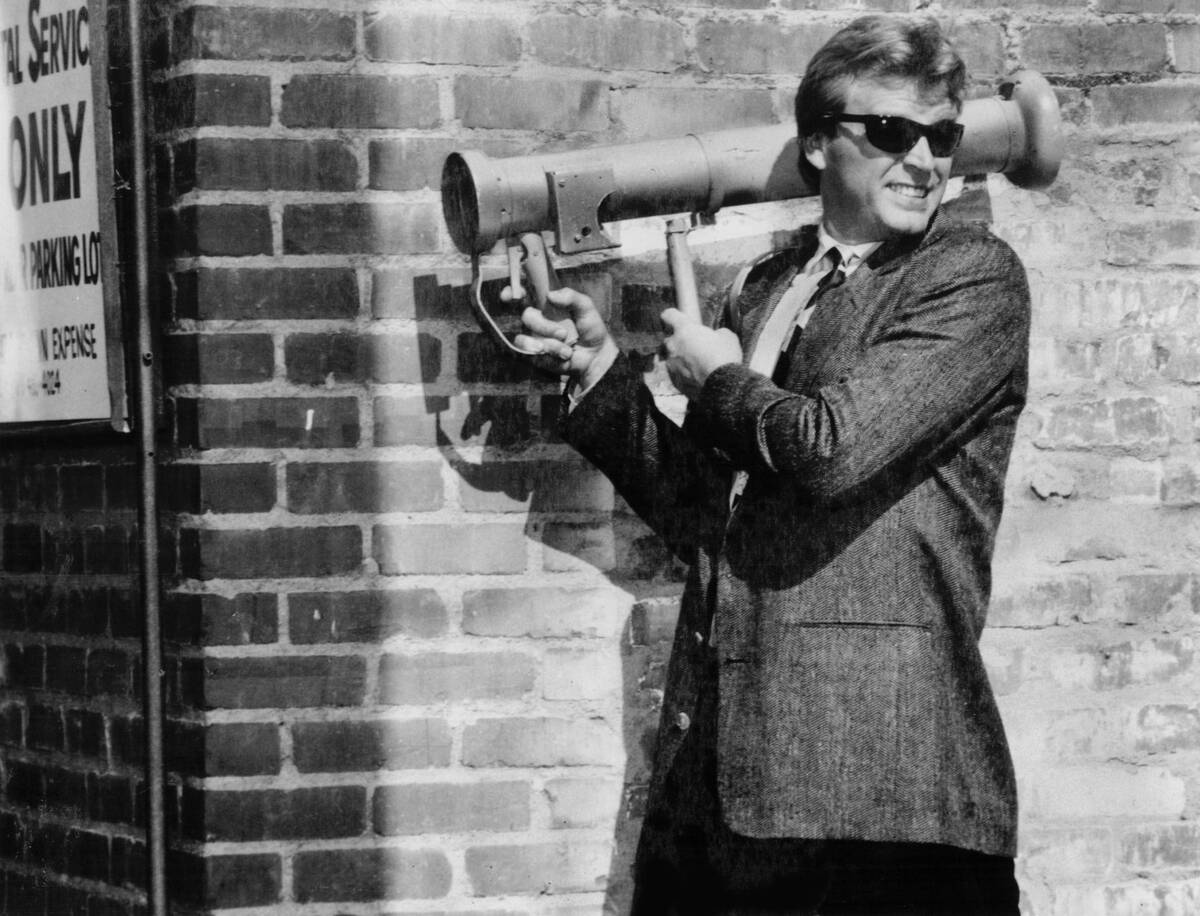
Airing from 1986 to 1988, Sledge Hammer! was a satirical take on police procedurals. The show followed Inspector Sledge Hammer, played by David Rasche, a trigger-happy detective with a penchant for destruction.
Its over-the-top parody of law enforcement tropes made it a cult favorite, paving the way for other comedic takes on crime dramas, such as Brooklyn Nine-Nine and Reno 911!
“Police Squad!”: The Underappreciated Comedy Genius
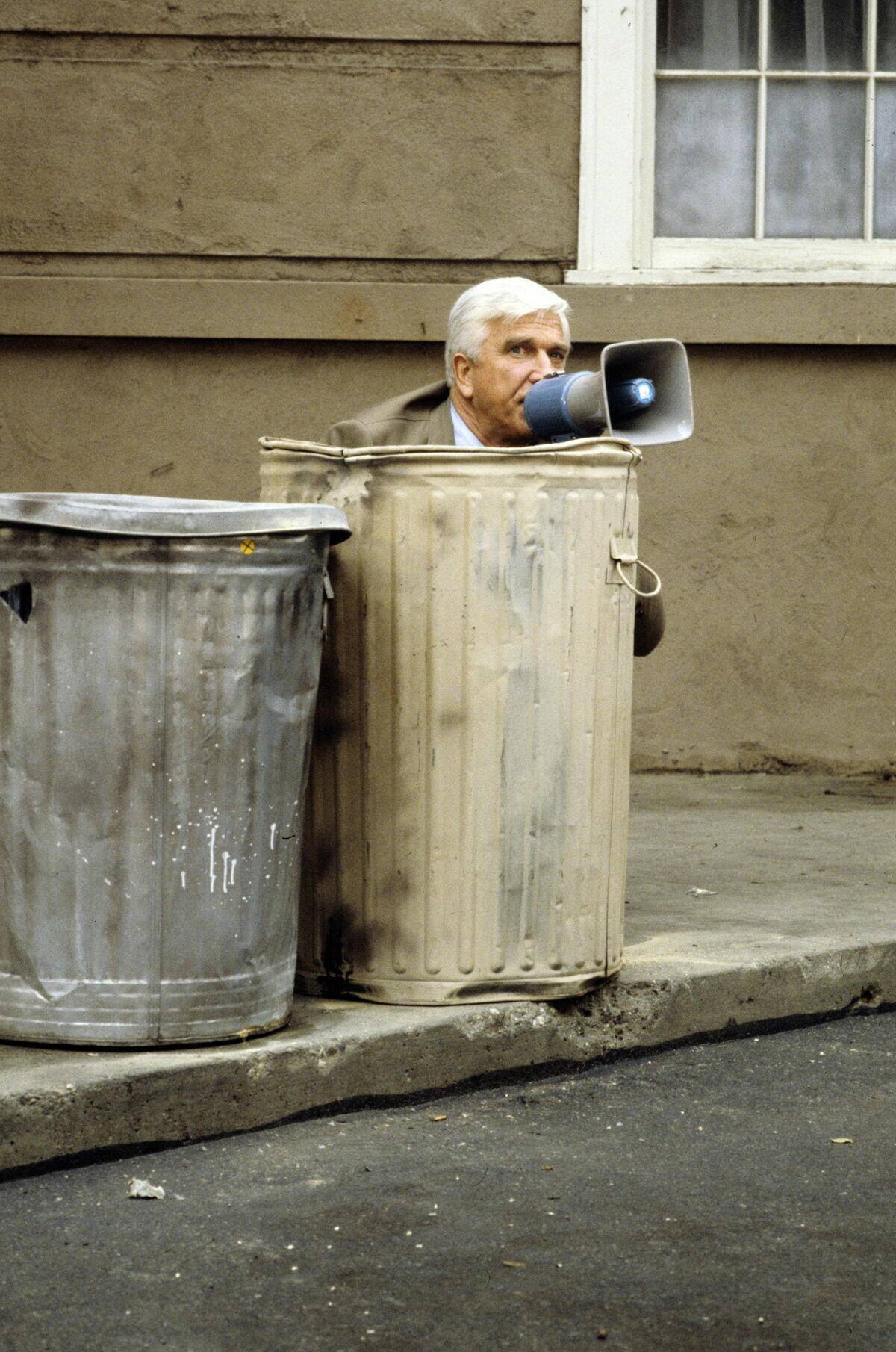
Police Squad! was a short-lived but highly influential comedy series created by the team behind Airplane! Premiering in 1982, it starred Leslie Nielsen as the bumbling Detective Frank Drebin.
Although it lasted only six episodes, its spoof of police dramas was lauded for its rapid-fire gags and visual humor. The show’s style and comedic timing laid the groundwork for the successful Naked Gun film series centered around the same character.
“Dinosaurs”: Puppetry with a Message
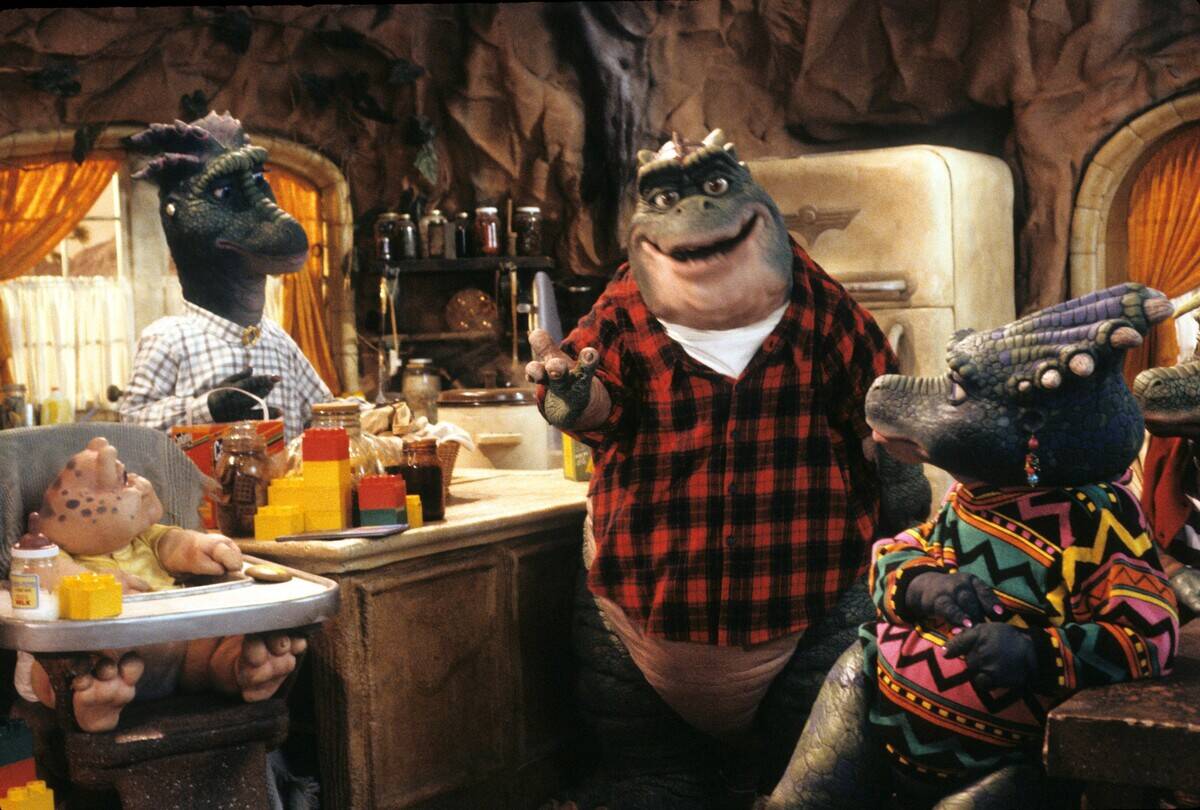
Airing from 1991 to 1994, Dinosaurs was a unique sitcom that combined puppetry with social commentary. Created by Jim Henson Productions, it followed the Sinclair family of anthropomorphic dinosaurs living in a prehistoric world.
The show cleverly addressed modern issues like environmentalism and consumerism through its humor and storytelling. Its innovative use of puppetry and satire made it a standout show, influencing later family comedies with its thoughtful approach.



